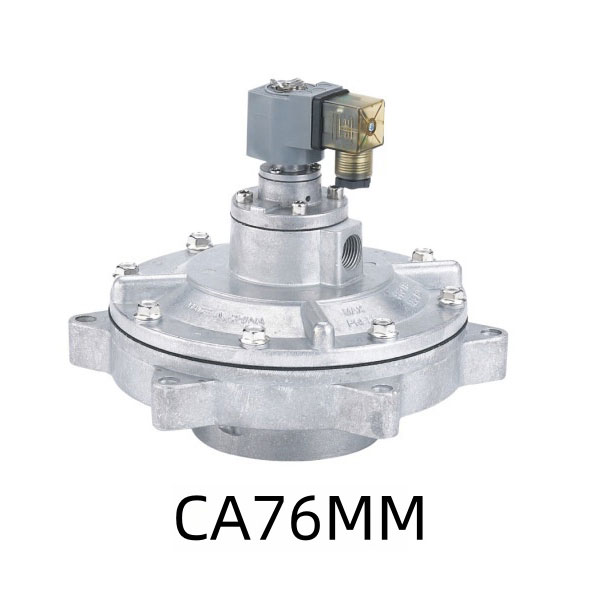Common troubleshooting methods for Pulse Solenoid Valves
2024-12-27
Pulse Solenoid Valves are the heart of dust removal equipment. Their total price is about 5% of the overall price of pulse jet dust collectors; it is 1% of the cost of air box pulse dust collectors. Choosing high-quality pulse valves will only increase the total cost of equipment by 1-2% compared to choosing domestic valves. Therefore, it is not worthwhile to save equipment costs on pulse valves and bear the risk of failure of the entire dust removal system. Today, Qingdao Star Machine Technology Co., Ltd. will explain the common troubleshooting methods for Pulse Solenoid Valves.

Common troubleshooting of Pulse Solenoid Valves Step 1: The drain valve and the oil-water separator in the air source triplet should be drained once per shift, and the oil mister should be frequently checked for oil storage and refueled in time. Mechanical moving parts such as reducers and ash conveying devices should be refueled as required, and any abnormalities should be eliminated in time.
Common troubleshooting steps 2 for Pulse Solenoid Valves: Regularly check the working conditions of the air circuit system and the ash discharge system, and solve any abnormalities in time. Managers should be familiar with the dust collector principle, performance, and application conditions, and master the adjustment of operating parameters and equipment maintenance methods.
Common troubleshooting of Pulse Solenoid Valves Step 3: When starting up, first connect the compressed air to the gas tank, connect, control the power supply, and start the dust removal device. If there are other equipment in the system, they should be interlocked according to the process requirements.
Common troubleshooting of Pulse Solenoid Valves Step 4: When shutting down, after the process system ends, the dust collector and exhaust fan should continue to work for a period of time to remove moisture and dust in the equipment. At the same time, before the dust collector stops working, repeat the cleaning and unloading.
Common troubleshooting of Pulse Solenoid Valves Step 5: When shutting down, it is not necessary to cut off the high-pressure air source immediately, especially when the fan is working, supply compressed air to the lifting valve to ensure that the cylinder is in normal working condition.



